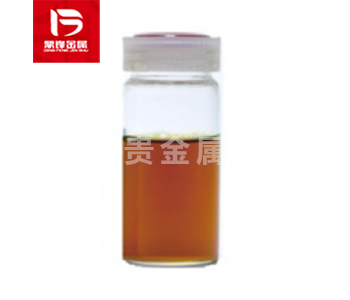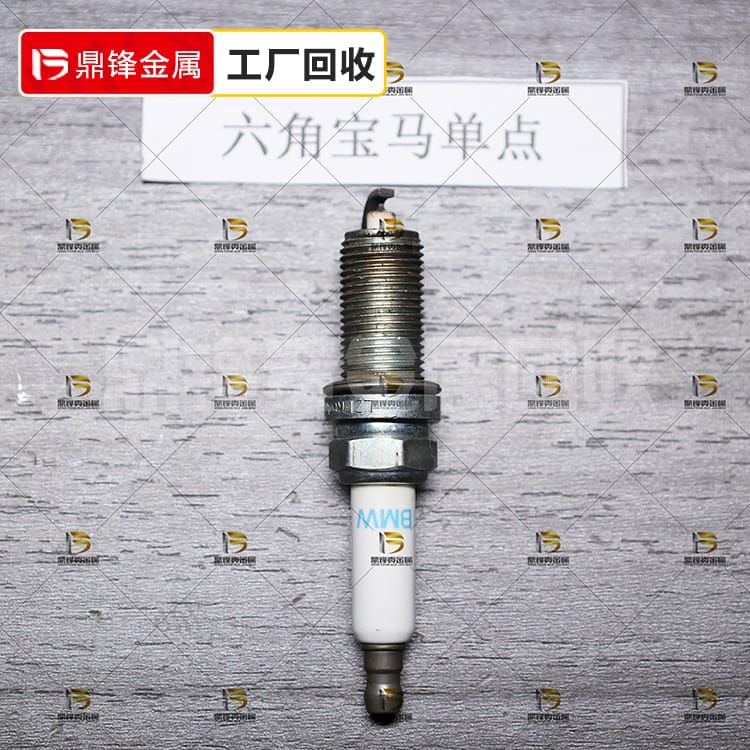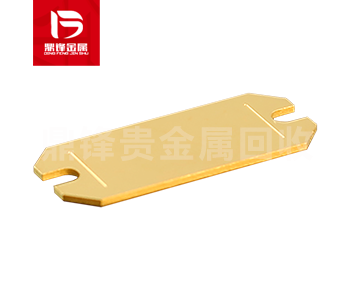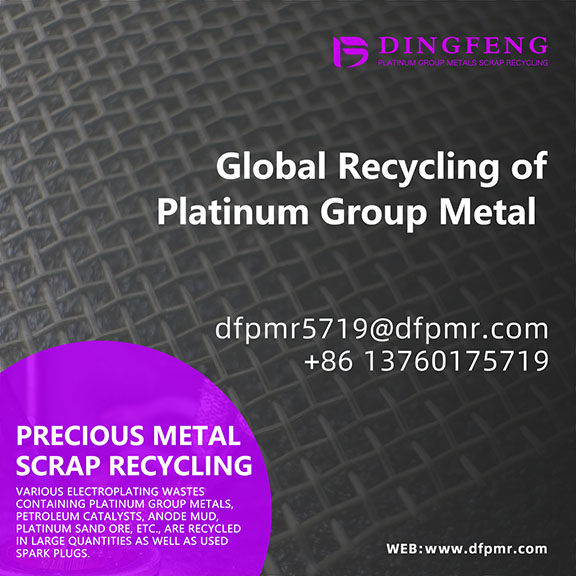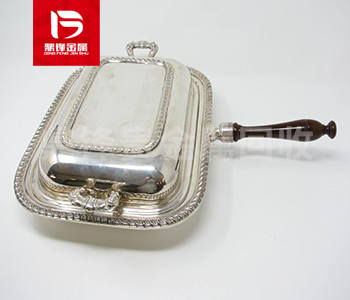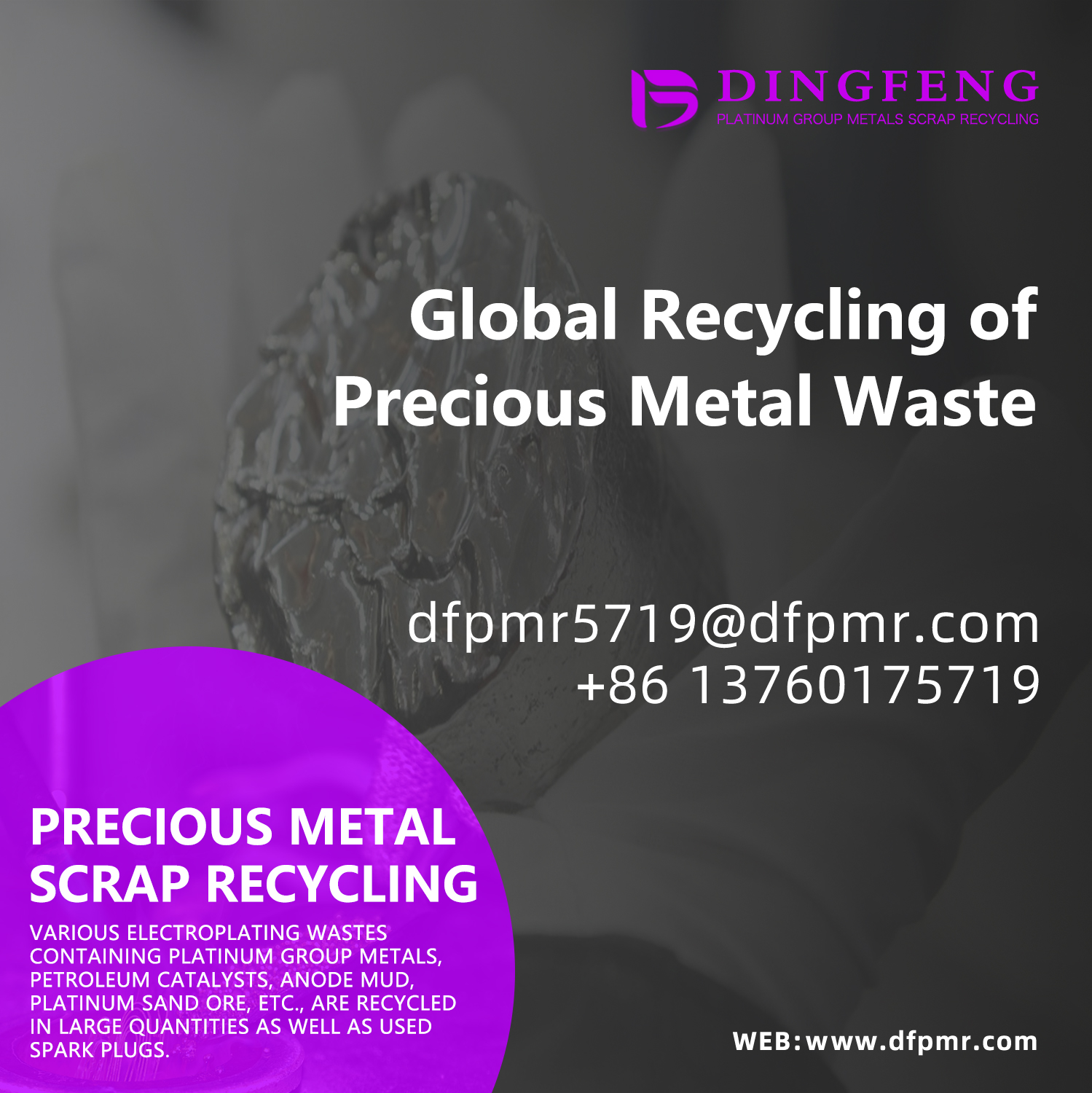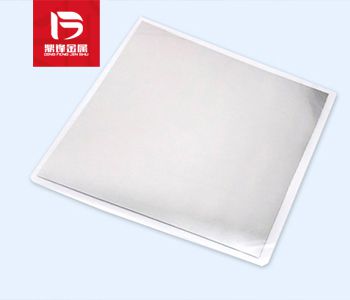Palladium water recovery_ Recovery of Palladium Containing Waste Liquid_ Precious metal recycling manufacturers
Rhodium water is a special solution containing rhodium (Rh) ions. Rhodium is a precious platinum group metal with excellent catalytic properties and chemical stability, so it is widely used in many industrial fields and scientific research. Rhodium water is prepared by dissolving rhodium in an appropriate solvent and is often used in the preparation of catalysts, chemical synthesis and analysis. Waste palladium water is also one of the sources of palladium-containing waste recycling. Other sources of palladium-containing waste recycling include palladium mud recovery, palladium filter element recovery, silver palladium slurry recovery, palladium graphite recovery, palladium slag recovery, palladium asbestos recovery, etc.
Product Details
Rhodium water is a special solution containing ions of rhodium (Rh). Rhodium is a valuable Platinum group with excellent catalytic performance and chemical stability, so it is widely used in many industrial fields and scientific research. Rhodium water is prepared by dissolving rhodium in an appropriate solvent and is commonly used in fields such as catalyst preparation, chemical synthesis, and analysis.
The preparation process of rhodium water usually requires the following steps: 1. Select an appropriate solvent: The preparation of rhodium water usually uses water or organic solvents as solvents. Water is the most common choice because rhodium has a high solubility and good stability in water. Organic solvents such as ethanol and acetone can also be used for specific experimental needs. 2. Choose a suitable rhodium source: The preparation of rhodium water requires the use of soluble rhodium compounds as the rhodium source. Common rhodium salts include ammonium rhodate (RhCl3 · 3H2O), sodium rhodate (Na3RhCl6 · xH2O), etc. Select the appropriate rhodium salt according to the experimental requirements. 3. Dissolve rhodium salt: Dissolve the selected rhodium salt in a solvent. Usually, rhodium salt can be added to the solvent and promoted to dissolve by stirring and heating. 4. Filtration and purification: The dissolved rhodium solution may contain impurities or undissolved solid particles. In order to obtain pure rhodium water, solid particles can be filtered out through filter paper or other appropriate filters. 5. Adjust concentration and pH: According to specific needs, the concentration of rhodium water can be adjusted by appropriate dilution or concentration. In addition, according to experimental requirements, acids or bases can also be used to adjust the pH value of rhodium water. 6. Storage and preservation: The prepared rhodium water should be stored in a dry, dark, and sealed container to prevent it from being affected by air, light, or other pollutants. Rhodium water can maintain its properties and activity for a long time when stored under appropriate conditions.
Waste palladium water is also one of the sources of palladium containing waste recycling. The sources of palladium containing waste recycling include palladium mud recycling, palladium filter recycling, silver palladium slurry recycling, palladium graphite recycling, palladium slag recycling, palladium asbestos recycling, etc. If you have any demand for palladium containing waste recycling, please call our 24-hour service hotline. Dingfeng Precious Metal Recycling and Refining Factory has independent recycling and refining factories without intermediaries to earn price differences. Our professional technical team and customer service personnel provide one-on-one services to ensure customer privacy during the recycling process.


